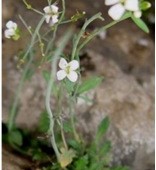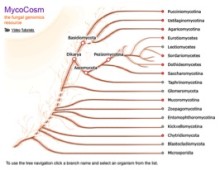A.niger genome project on The Bioenergy Site
Published online ahead of print May 4, 2011 in Genome Research, a team led by Scott Baker of the Pacific Northwest National Laboratory compared the genome sequences of two Aspergillus niger strains to, among other things, better harness its industrial potential in biofuels applications. As more than a million tons of citric acid are produced annually, the production… [Read More]


